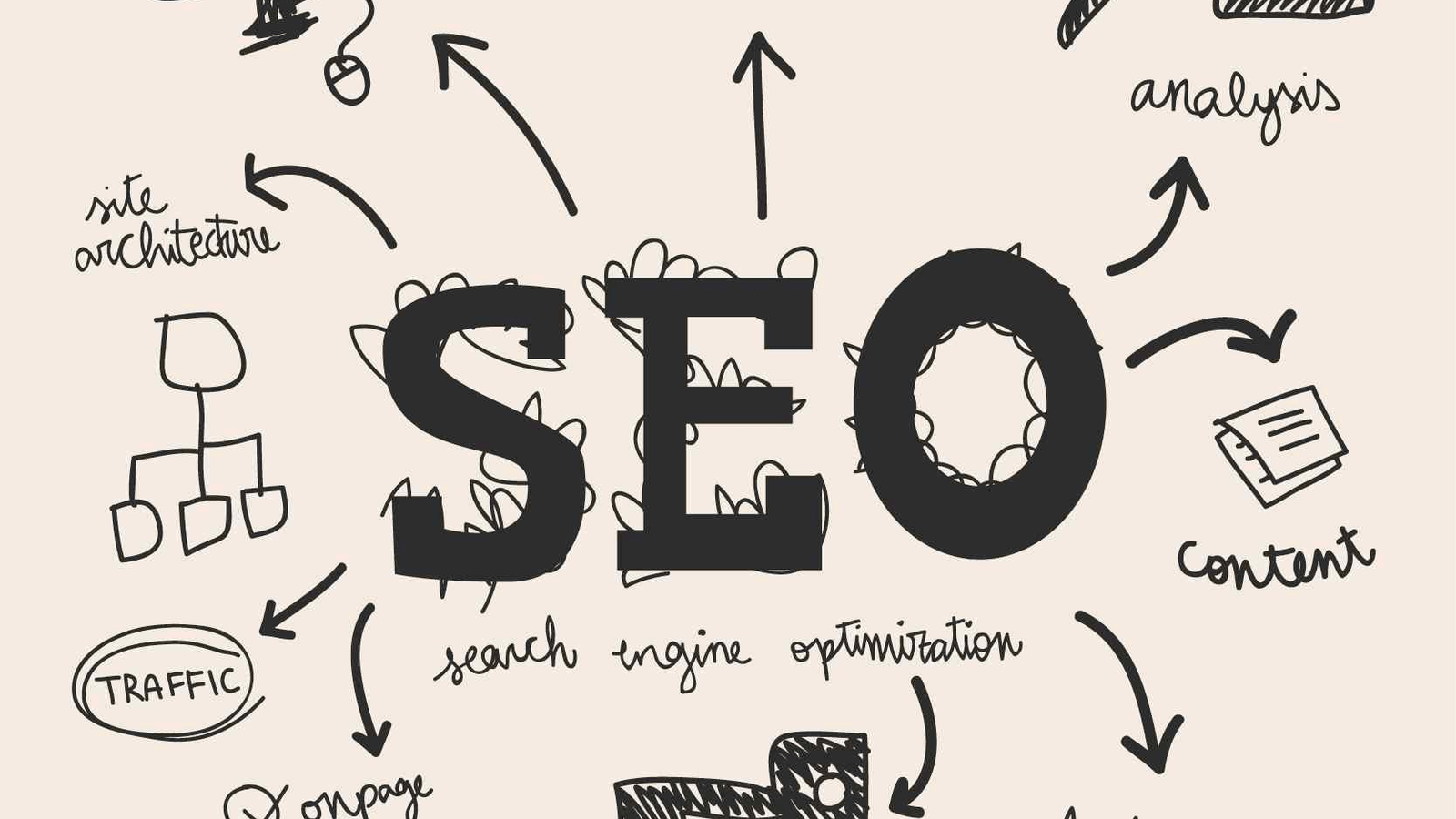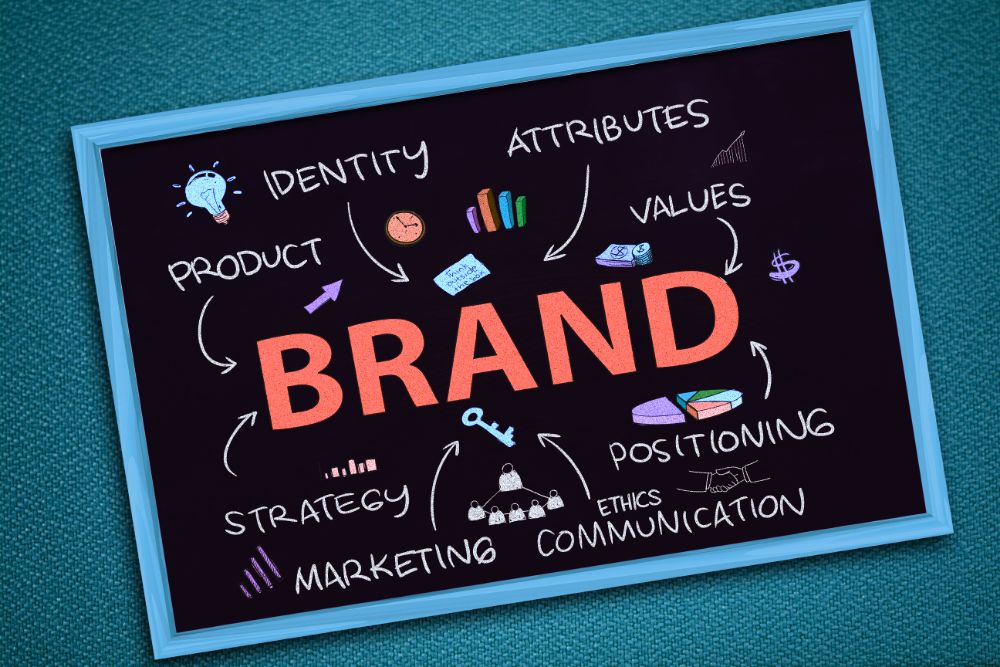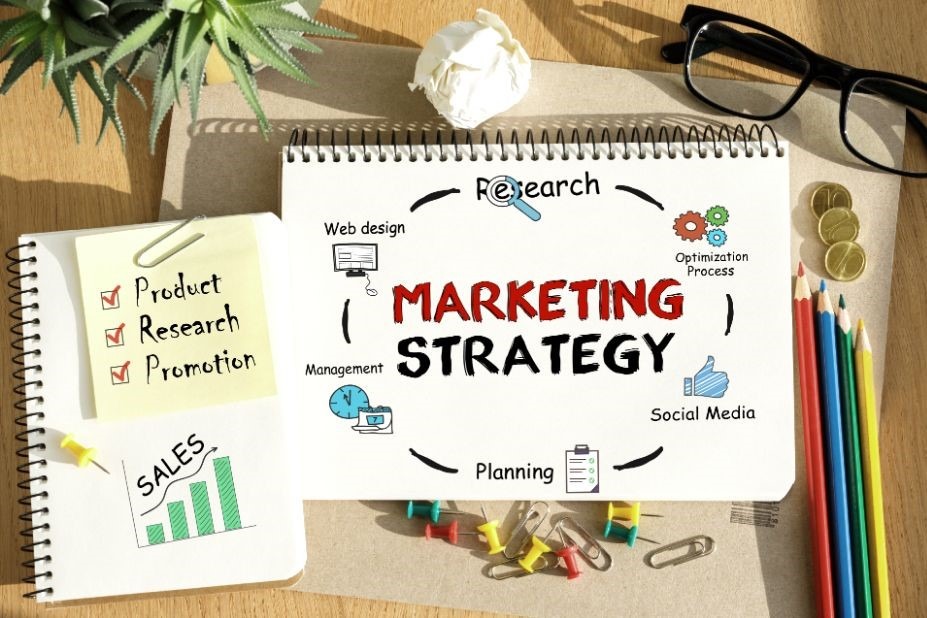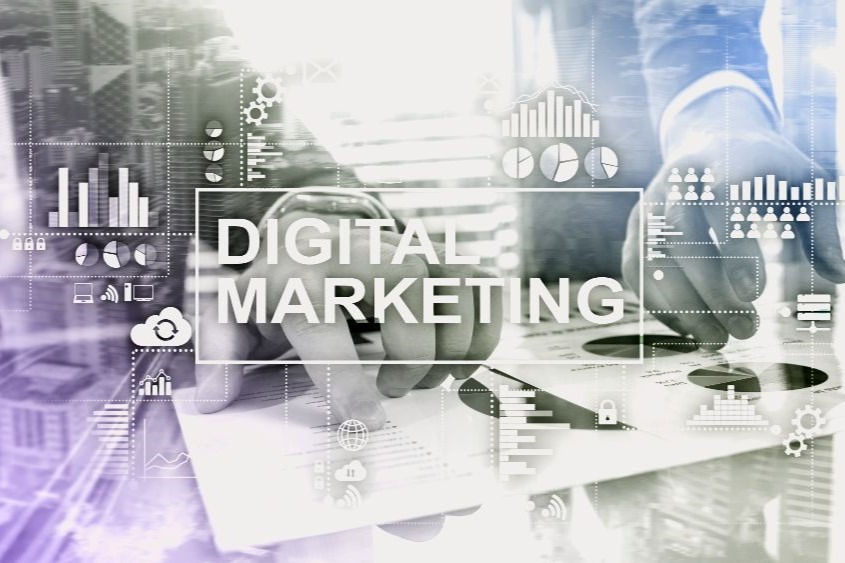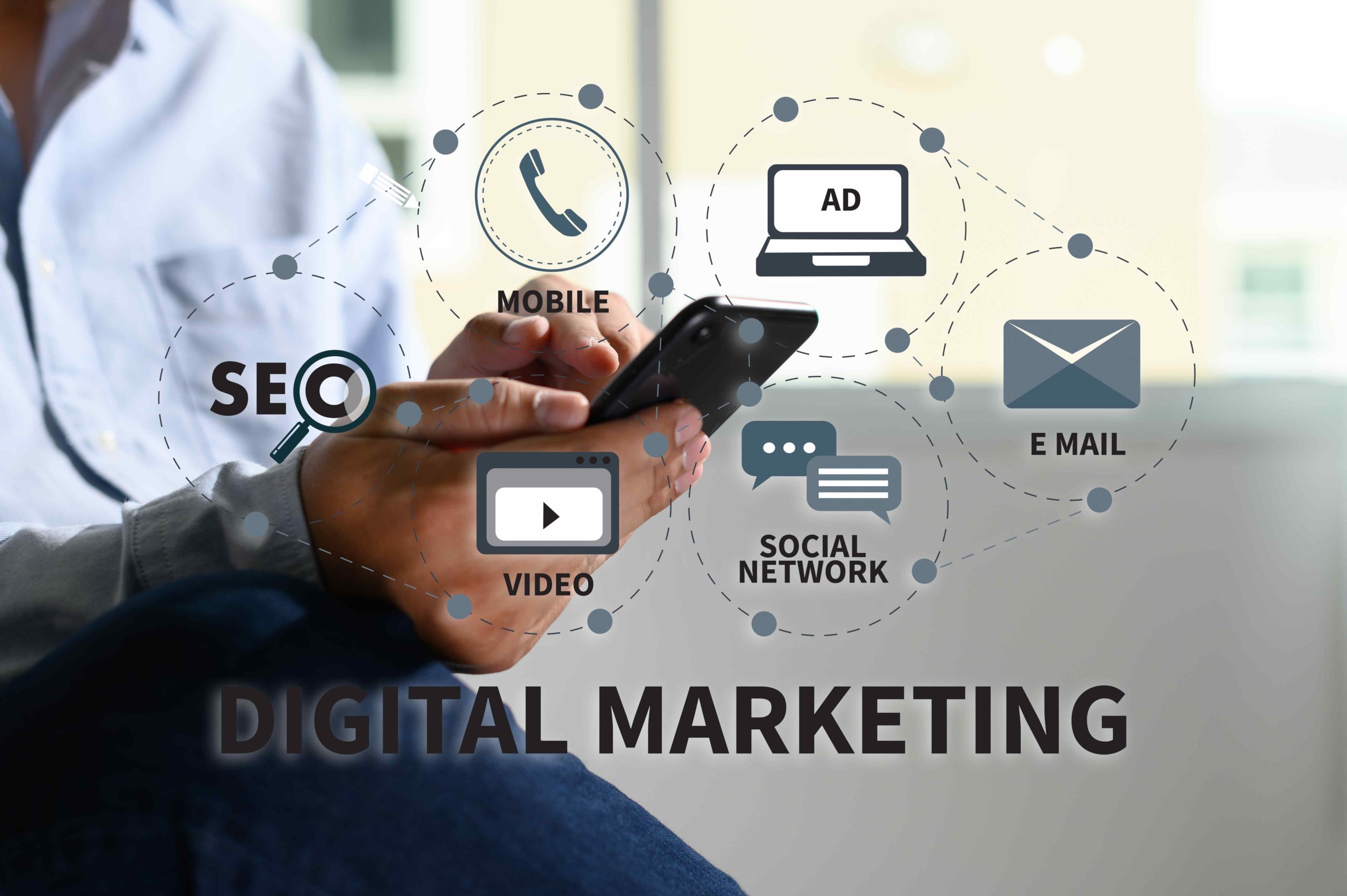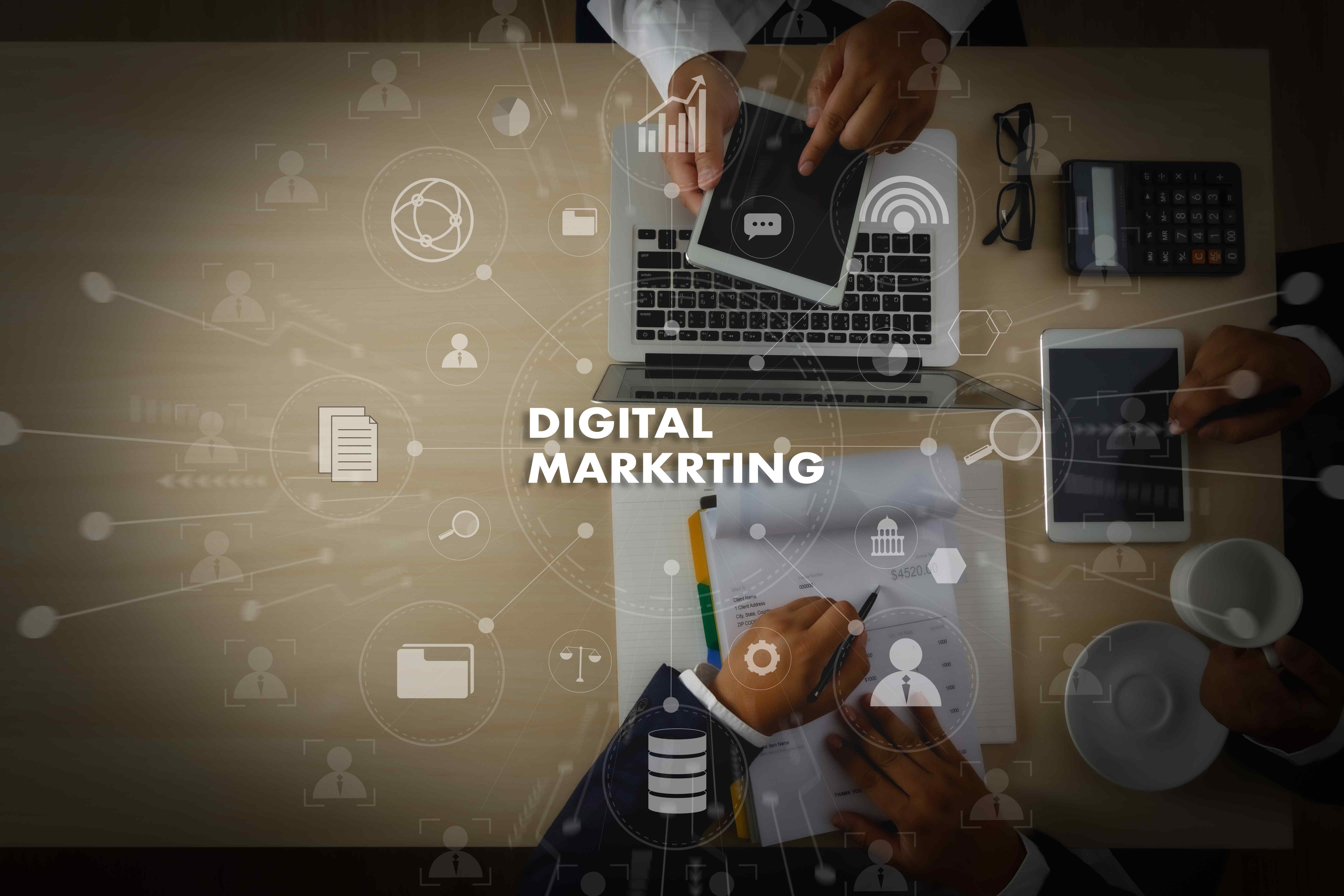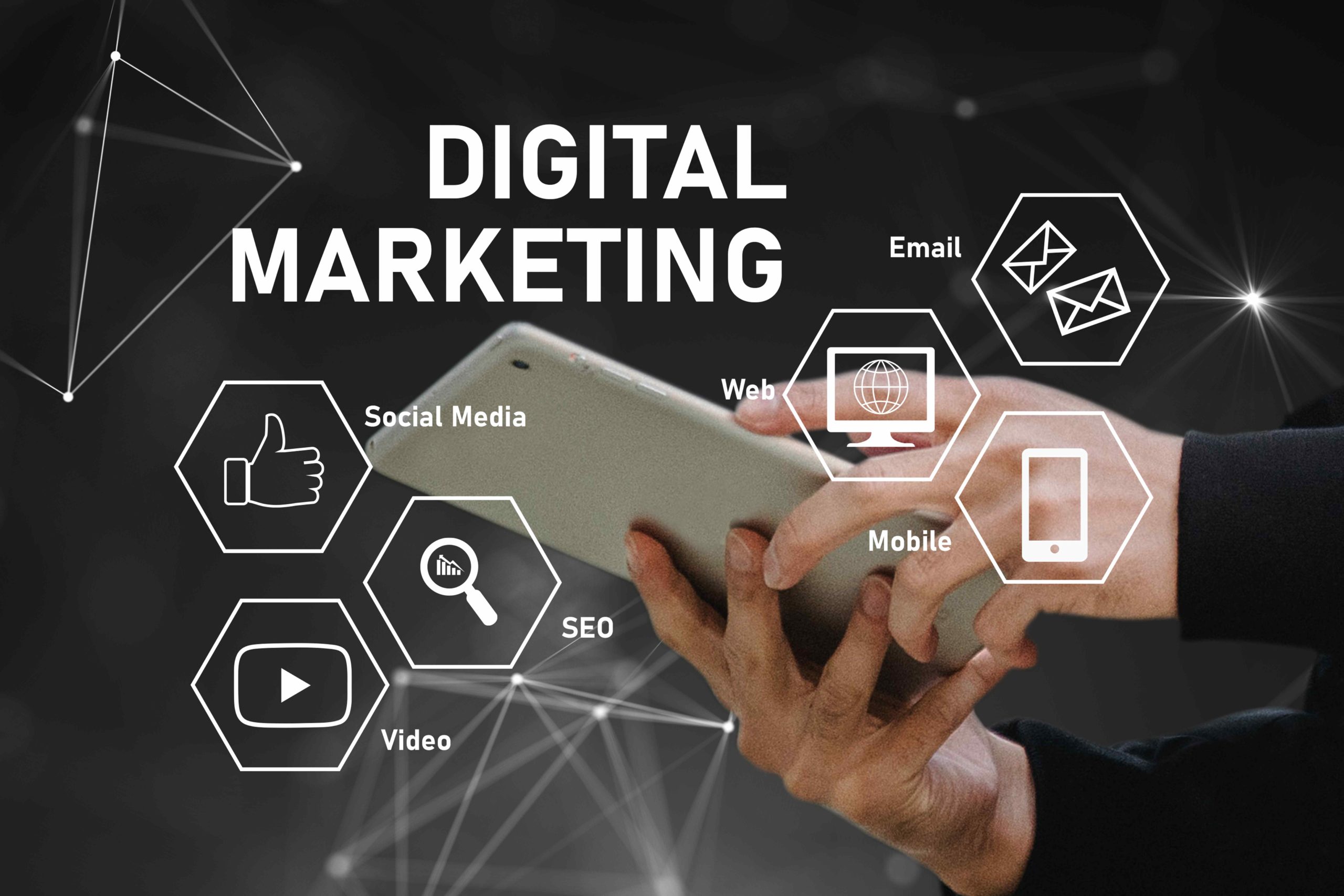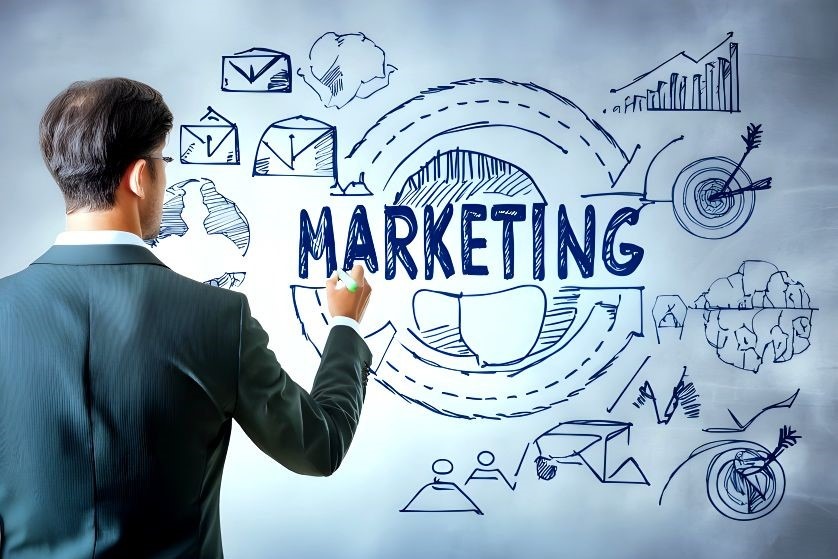
In today’s fast-paced business world, effective marketing is the key to standing out from the crowd and connecting with your target audience. But with so many different types of marketing available, it can be overwhelming to determine which strategies are right for your brand. Whether you’re a seasoned marketer looking to refine your approach or a newcomer eager to make your mark, understanding the various types of marketing is essential to your success.
This article will guide you through the diverse landscape of marketing, from the tried-and-true traditional methods to the cutting-edge digital techniques. By the end, you’ll have a clear picture of how each type of marketing works, why it matters, and how you can leverage it to elevate your business. Let’s dive in and explore the dynamic world of marketing, so you can confidently choose the strategies that will drive your growth and achieve your goals.
Types of Traditional Marketing
Traditional marketing refers to the use of conventional offline methods to promote products or services. These methods have been used for decades and focus on reaching audiences through established channels without the need for the Internet.
Here are some common types of traditional marketing:
Print Advertising
Print advertising is one of the oldest forms of traditional marketing, involving the placement of ads in newspapers, magazines, brochures, and other printed media. This type of marketing is effective for reaching a broad or local audience, depending on the publication’s reach. Businesses use print advertising to showcase products, services, or special promotions, often with eye-catching visuals and persuasive copy.
Despite the rise of digital media, print ads remain relevant, particularly for targeting demographics that still engage heavily with print publications. The tangible nature of print ads also lends credibility and a lasting impression.
Broadcast Advertising
Broadcast advertising includes television and radio commercials, where marketers create audio or visual content to reach a large audience. Television ads are powerful tools for storytelling, using visuals and sound to create memorable messages that can drive brand awareness and consumer action.
Radio ads, on the other hand, rely on sound alone but can be just as effective, particularly in targeting local or specific demographic groups during their daily routines.
Both TV and radio ads offer the advantage of reaching a broad audience quickly, though they often require a significant investment in production and media buying.
Direct Mail Marketing
Direct mail marketing involves sending physical marketing materials, such as postcards, catalogs, flyers, or letters, directly to consumers’ mailboxes. This personalized approach allows businesses to target specific households or customer segments with tailored offers and information. Direct mail is highly effective in creating a tangible connection with recipients, and it often includes a call to action, such as a discount code or an invitation to visit a website. While the digital era has introduced email marketing, direct mail remains a valuable tool for reaching audiences who prefer physical communication or for making a strong impression through high-quality print materials.
Outdoor Advertising
Outdoor advertising, also known as out-of-home (OOH) advertising, includes billboards, posters, banners, and other forms of advertising displayed in public spaces. This type of marketing is designed to capture the attention of people on the move, whether they are driving, walking, or using public transportation.
Billboards on highways or in busy city centers are prime examples of outdoor advertising that can reach a wide and diverse audience. Outdoor ads are often used for brand awareness campaigns, as their visibility in high-traffic areas ensures repeated exposure. The bold visuals and concise messaging are key to making outdoor advertising effective in a limited time frame.
Telemarketing
Telemarketing involves direct communication with potential customers via phone calls to promote products or services. Businesses use telemarketing to reach out to consumers, answer their questions, and persuade them to make a purchase or set up a meeting.
While it has faced criticism due to its intrusive nature, telemarketing remains an effective tool for businesses seeking immediate interaction with potential customers. It allows for personalized communication and the opportunity to address objections in real time.
Successful telemarketing campaigns often depend on the quality of the contact list and the skills of the sales representatives.
Event Marketing
Event marketing involves promoting a brand, product, or service through organized events, such as trade shows, conferences, seminars, or sponsorships of public events. These events provide businesses with a platform to interact directly with their target audience, offering opportunities for live demonstrations, product sampling, and networking. Event marketing helps in building personal connections and trust with potential customers, as well as enhancing brand visibility and reputation. While organizing events can be resource-intensive, the face-to-face engagement it offers is invaluable for creating memorable experiences and fostering customer loyalty.
Types of Digital Marketing
Digital marketing is the promotion of products or services using digital channels and technologies. It includes various online strategies and platforms to reach current and potential customers.
Here are the most popular types of digital marketing:
Search Engine Optimization (SEO)
Search Engine Optimization (SEO) is the process of optimizing a website to rank higher in search engine results, increasing visibility and driving organic traffic. SEO involves various strategies, including keyword research, content optimization, and technical improvements to the website’s structure and performance. By appearing at the top of search results, businesses can attract more visitors who are actively searching for their products or services.
SEO is a long-term strategy that requires consistent effort, but it offers a high return on investment by driving relevant, unpaid traffic to a website. Effective SEO can enhance a brand’s credibility and authority in its industry.
Content Marketing
Content marketing focuses on creating and distributing valuable, relevant, and consistent content to attract and engage a target audience. This content can take many forms, including blog posts, articles, videos, infographics, and eBooks. The goal of content marketing is to provide useful information that addresses the needs and interests of potential customers, thereby building trust and establishing the brand as a thought leader in its field.
Unlike direct advertising, content marketing is about educating and informing the audience rather than making a direct sales pitch. Over time, effective content marketing can drive organic traffic, improve SEO, and nurture leads into loyal customers.
Social Media Marketing
Social media marketing involves promoting a brand, product, or service through social media platforms like Facebook, Instagram, Twitter, LinkedIn, and TikTok. This type of marketing leverages the power of social networks to reach and engage with a large, diverse audience. Businesses use social media marketing to create content that resonates with their target demographic, encourage interaction, and build a community around their brand.
Social media also offers powerful advertising tools that allow for highly targeted campaigns based on user demographics, interests, and behaviors. Consistent social media presence helps in building brand awareness, driving website traffic, and fostering customer loyalty.
Email Marketing
Email marketing is a direct form of digital communication that involves sending promotional messages or newsletters to a list of subscribers. Businesses use email marketing to nurture relationships with potential and existing customers by delivering personalized content, offers, and updates directly to their inboxes.
Email campaigns can be tailored to different segments of the audience, ensuring that the content is relevant to their interests and needs. Despite the rise of other digital marketing channels, email remains highly effective due to its ability to reach people directly and its relatively low cost.
Successful email marketing campaigns rely on compelling copy, clear calls to action, and consistent engagement.
Pay-Per-Click (PPC) Advertising
Pay-Per-Click (PPC) advertising is a model where businesses pay a fee each time someone clicks on their ad. These ads typically appear on search engines like Google or on social media platforms and websites. PPC allows businesses to bid on keywords relevant to their products or services, ensuring their ads are shown to users who are searching for related terms.
This type of marketing is highly targeted and can deliver immediate results, as ads start appearing as soon as the campaign is launched. While PPC can be costly, especially for competitive keywords, it provides valuable data on user behavior and campaign performance, allowing for precise adjustments and optimization.
Affiliate Marketing
Affiliate marketing is a performance-based strategy where businesses reward affiliates (partners) for driving traffic or sales to their website through the affiliate’s marketing efforts. Affiliates promote the business’s products or services on their platforms, such as blogs, social media, or websites, earning a commission for every sale or lead generated through their unique affiliate link. This type of marketing is advantageous for businesses because it allows them to expand their reach without upfront costs, paying only for actual results. For affiliates, it offers an opportunity to monetize their content and audience by recommending products that align with their niche.
Influencer Marketing
Influencer marketing involves partnering with individuals who have a large and engaged following on social media or other online platforms to promote a brand, product, or service. Influencers can range from celebrities to niche content creators, and their endorsement can significantly impact their audience’s purchasing decisions. Businesses collaborate with influencers to create authentic, relatable content that resonates with the influencer’s followers, leveraging their credibility and reach. Influencer marketing can be particularly effective for targeting specific demographics and building trust with potential customers. The success of these campaigns often depends on the relevance of the influencer’s audience to the brand’s target market.
Video Marketing
Video marketing is the use of videos to promote and market products or services, educate consumers, and increase engagement on digital and social platforms. Videos can range from product demos and how-to guides to testimonials and brand stories. This form of marketing is highly effective because it combines visual and auditory elements to create a more engaging and memorable experience for viewers. With platforms like YouTube, TikTok, and Instagram, businesses can reach a broad audience and even go viral. Video content is also favored by search engines, which can improve a website’s SEO. As consumption of video content continues to rise, it remains a crucial element of any digital marketing strategy.
I recommend you read our article Digital Marketing vs. Traditional Marketing: What’s The Difference? to learn more useful information.
Business-to-Business (B2B) Marketing
B2B marketing involves selling products or services to other businesses. It focuses on building relationships with decision-makers within organizations and often involves a longer sales cycle with higher-value transactions. B2B marketing strategies include trade shows, webinars, LinkedIn marketing, and creating in-depth content like white papers and case studies. The goal is to demonstrate the value of the product or service to the business client, often requiring a more logical and process-driven approach.
Business-to-Consumer (B2C) Marketing
B2C marketing targets individual consumers and is typically more product-focused and emotional. It involves quicker purchase decisions at lower price points compared to B2B. Strategies include influencer marketing, paid ads, and content marketing aimed at eliciting an emotional response from consumers. B2C marketing often uses online platforms and focuses on creating brand loyalty and emotional connections with customers.
Why Is Marketing So Important?
Marketing is crucial for businesses for several reasons, serving as a bridge between the company and its potential customers.
Here are some of the key reasons why marketing is so important:
- Increased Reach and Audience Engagement: Marketing allows businesses to reach a wider audience than they could through word-of-mouth alone. Digital marketing, in particular, enables companies to connect with global audiences, breaking geographical barriers.
- Targeted Communication: Through marketing, businesses can tailor their messages to specific demographics, ensuring that the right people hear about their products or services. This targeted approach increases the likelihood of converting prospects into customers.
- Cost-Effectiveness: Digital marketing, in particular, is often more cost-effective than traditional methods. It allows businesses, especially small and medium-sized enterprises, to compete with larger companies without needing a massive budget.
- Brand Awareness and Loyalty: Marketing helps build brand awareness and establish a company’s reputation. Consistent and strategic marketing efforts can foster brand loyalty and trust among consumers. Learn more about brand awareness here: https://quirk.biz/what-is-brand-awareness/
- Measurable Results and Adaptability: Modern marketing, especially digital, offers tools and metrics to measure the effectiveness of campaigns. This data-driven approach allows businesses to adapt their strategies quickly, optimizing for better results.
- Enhanced Customer Engagement: Marketing facilitates interaction between businesses and their customers. Through social media and other platforms, companies can engage with their audience, gather feedback, and improve their offerings.
Conclusion
Understanding the different types of marketing is key to creating a successful strategy that connects with your audience and drives growth. Each approach, whether traditional or digital, has its own strengths. By choosing the right mix that fits your business goals, you can effectively reach your target market and build lasting relationships.
Remember, the marketing landscape is always changing, so staying adaptable and informed will help keep your strategy effective and your business thriving.


